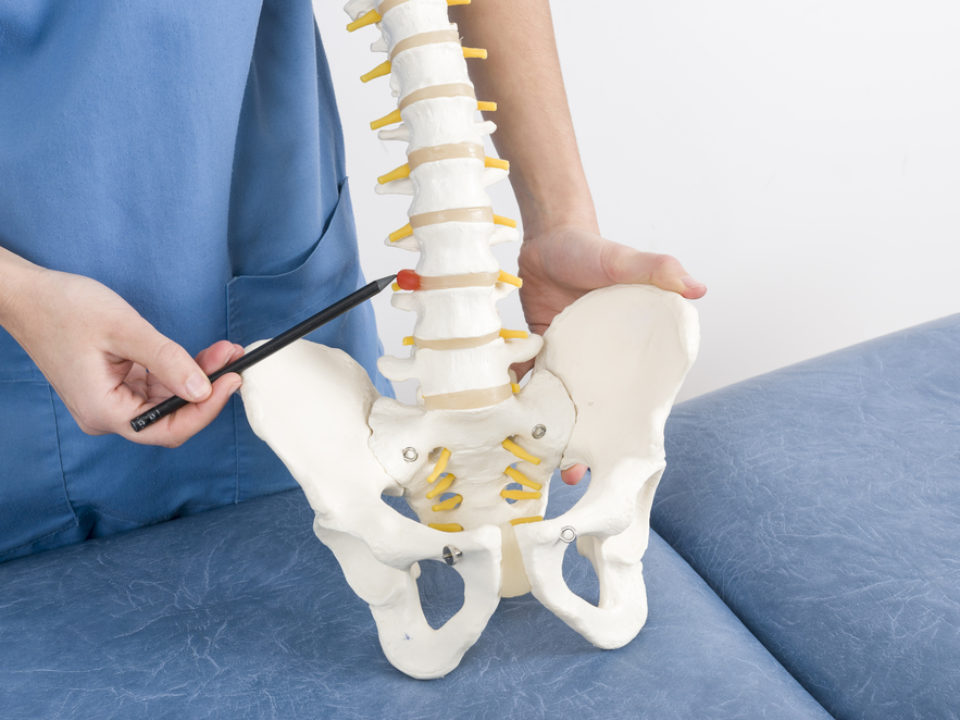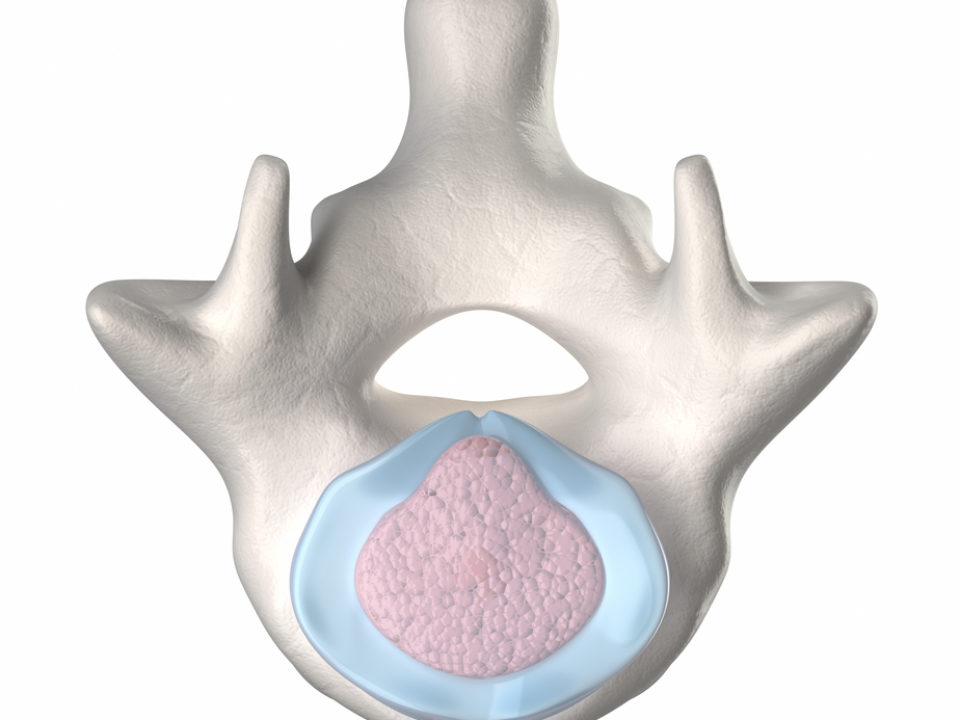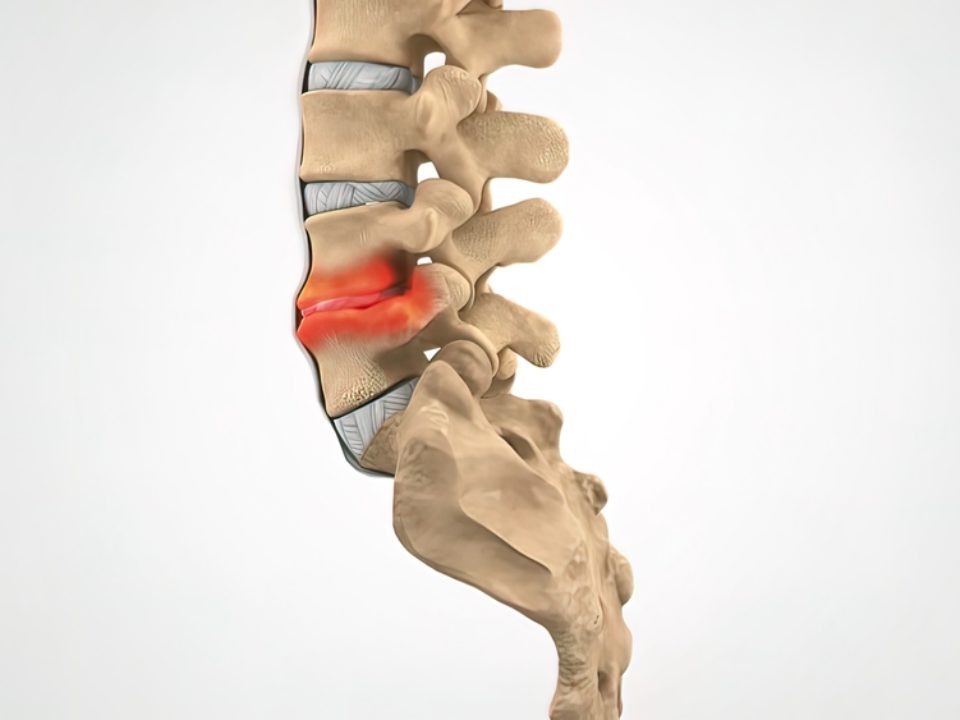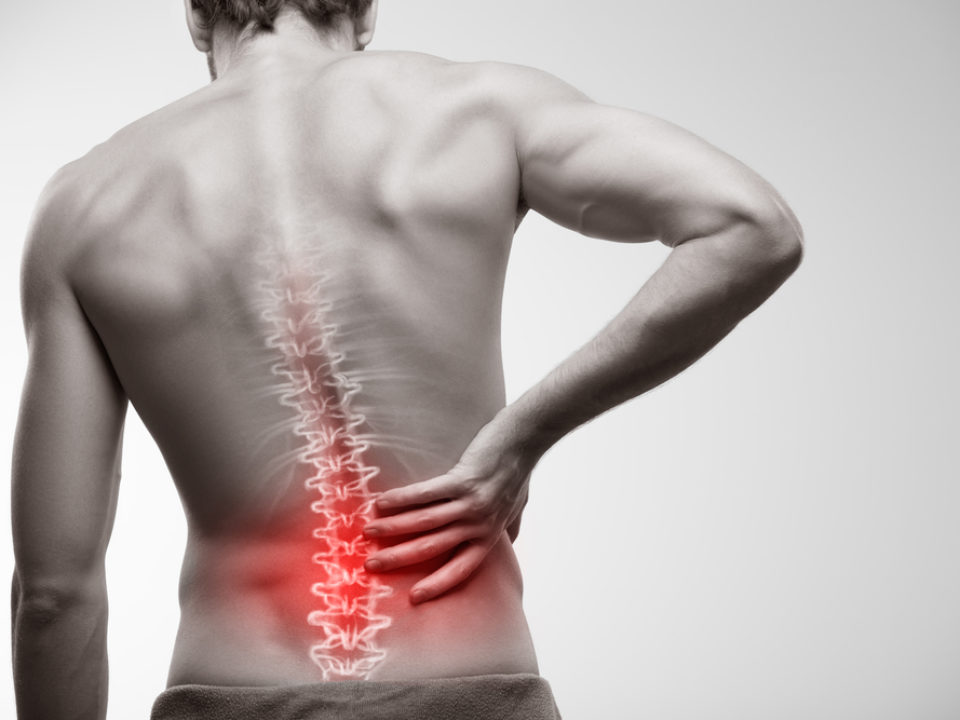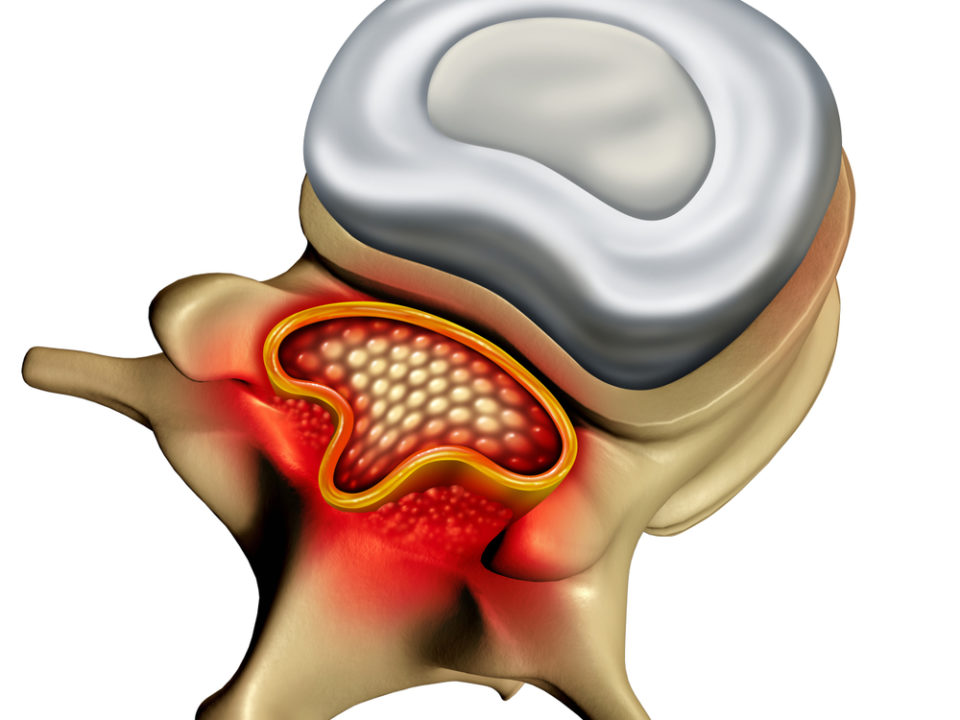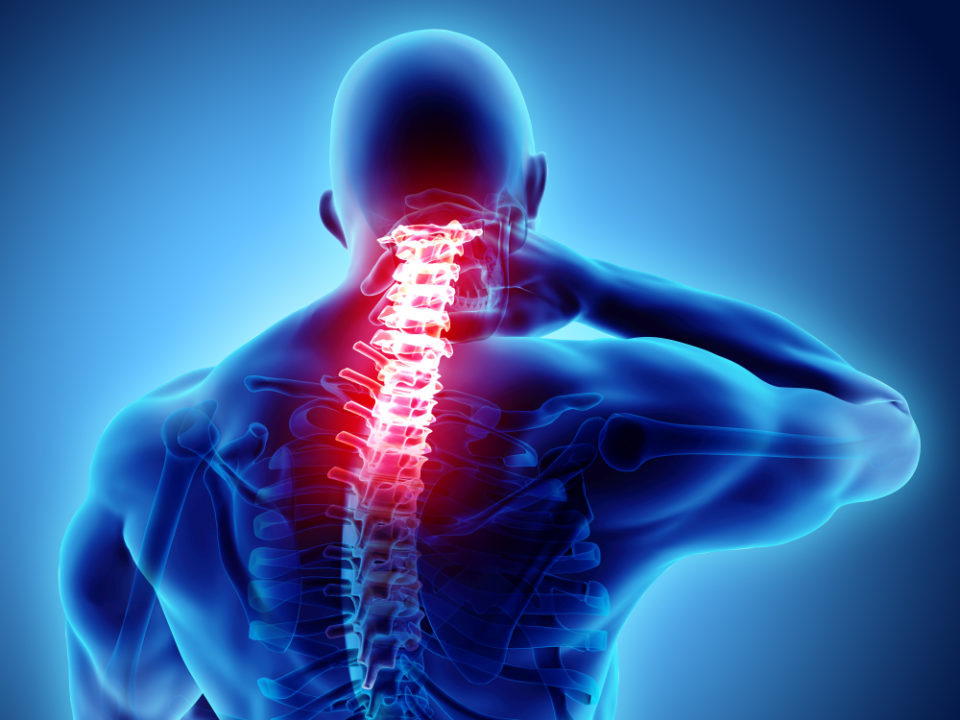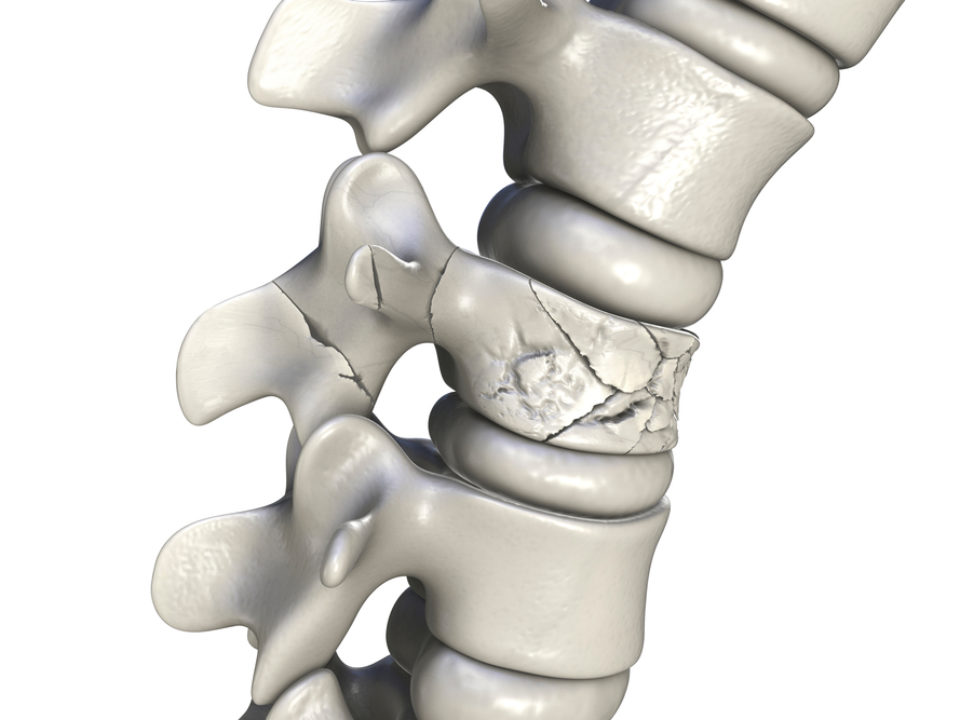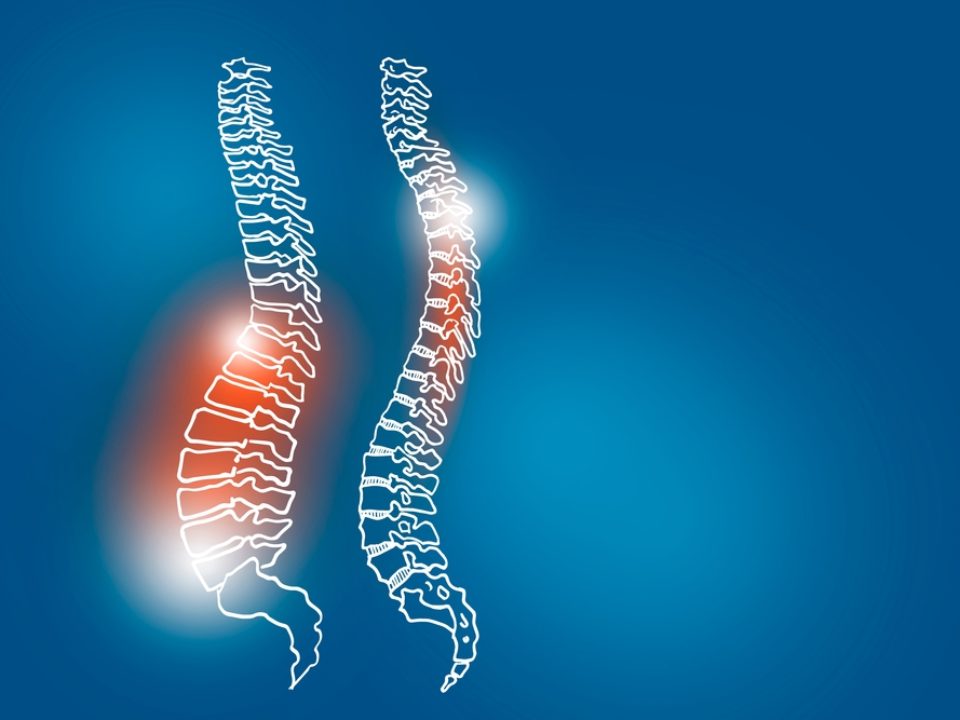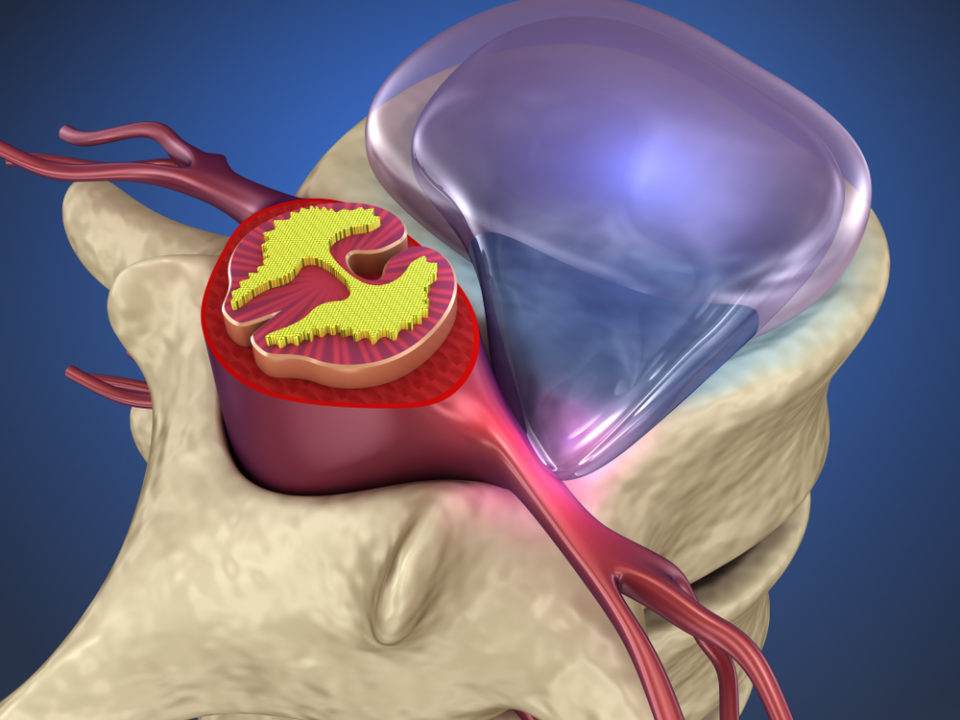
Spine Conditions
In the field of neurosurgery, Aksis Special Hospital provides the patient with complete care in the treatment of all types of degenerative and other spinal diseases, with emphasis on a minimally invasive approach. We treat everything from back and neck pain, herniated discs, and spinal fractures to radiculopathy and trochanteritis.
Robert Saftić, MSc, MD – neurosurgeon
Read more
Read the latest news, tips, and opinions from our experts!
